Hi Earth Rangers! The last time we talked with Kayla, our arctic fox research partner, she was just getting ready for her field season. Kayla’s goal is to help us learn more about how climate change is affecting the spread of insect-borne diseases amongst Arctic foxes. Since climate change makes it easier for insects to live further up north, animals like the arctic fox are becoming more and more exposed to them – and the diseases they can carry. This could mean big trouble for northern animal populations! That’s why it’s so important we learn more about how these insects are spreading and what this means for the animals they share their new habitat with. Let’s see what Kayla can tell us since her return from the field – and check out the amazing pics she came home with!
In May 2022, the team of arctic fox researchers from the University of Saskatchewan went up to the Canadian Arctic for a 2-month field season. Just like the previous 3 years, they found foxes that had strange fur loss caused by lice. These lice are different from the lice that humans can get. Lice are very picky about the animals that they infest, so fox lice probably don’t spend much time on other animals. They also make it harder for arctic foxes to survive during cold winters because they cause foxes to itch themselves a lot, which means that they lose their fur in patches and have a hard time keeping warm.
Recently, a meeting with all the Arctic fox experts from across the globe took place on Svalbard, Norway. At this meeting, researchers from the University of Saskatchewan (sponsored by Earth Rangers) and researchers from Svalbard met to discuss how to address this problem and what this means for the health of foxes in the future. Thanks for the support, Earth Rangers!
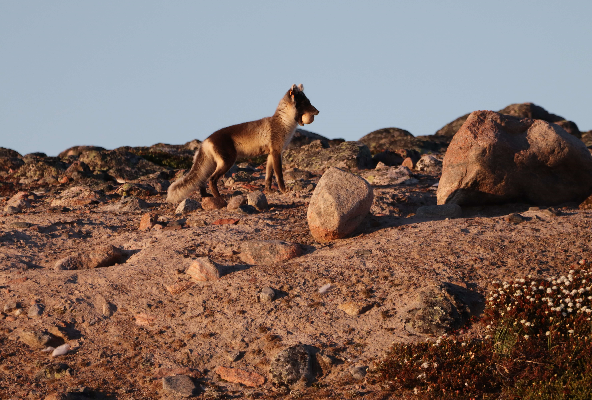
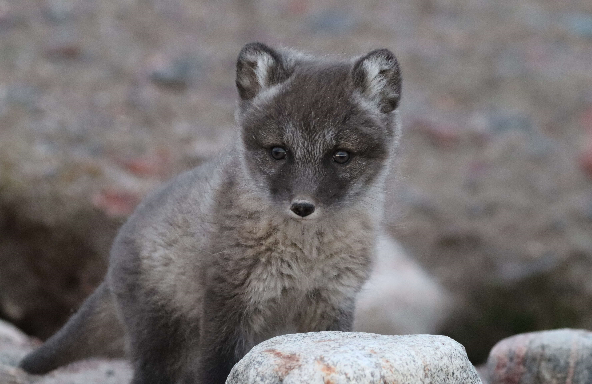
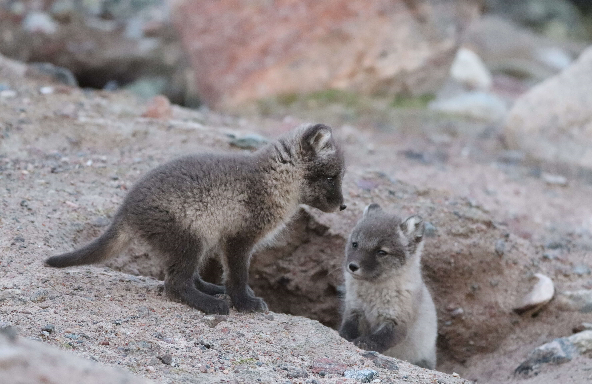
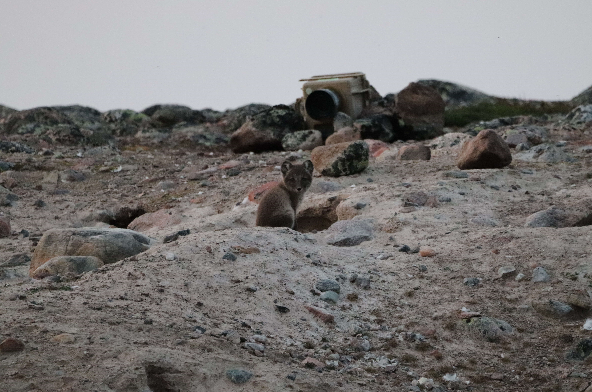
Head to the Adoptions Section in the Earth Rangers App or visit the Earth Rangers Shop to get your Adoption Kit and help make a difference today!
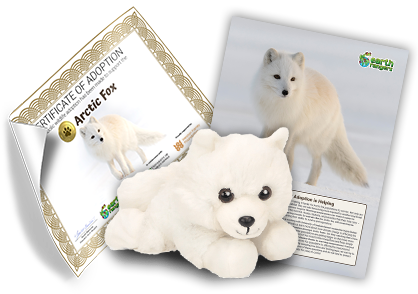



I love Arctic foxes there so cute!
We need to save them(also they are cute)
Sad):
How about we research about the Arctic fox.
I love the animal arctic fox
They are so cute!
But I want to adopt a caribou